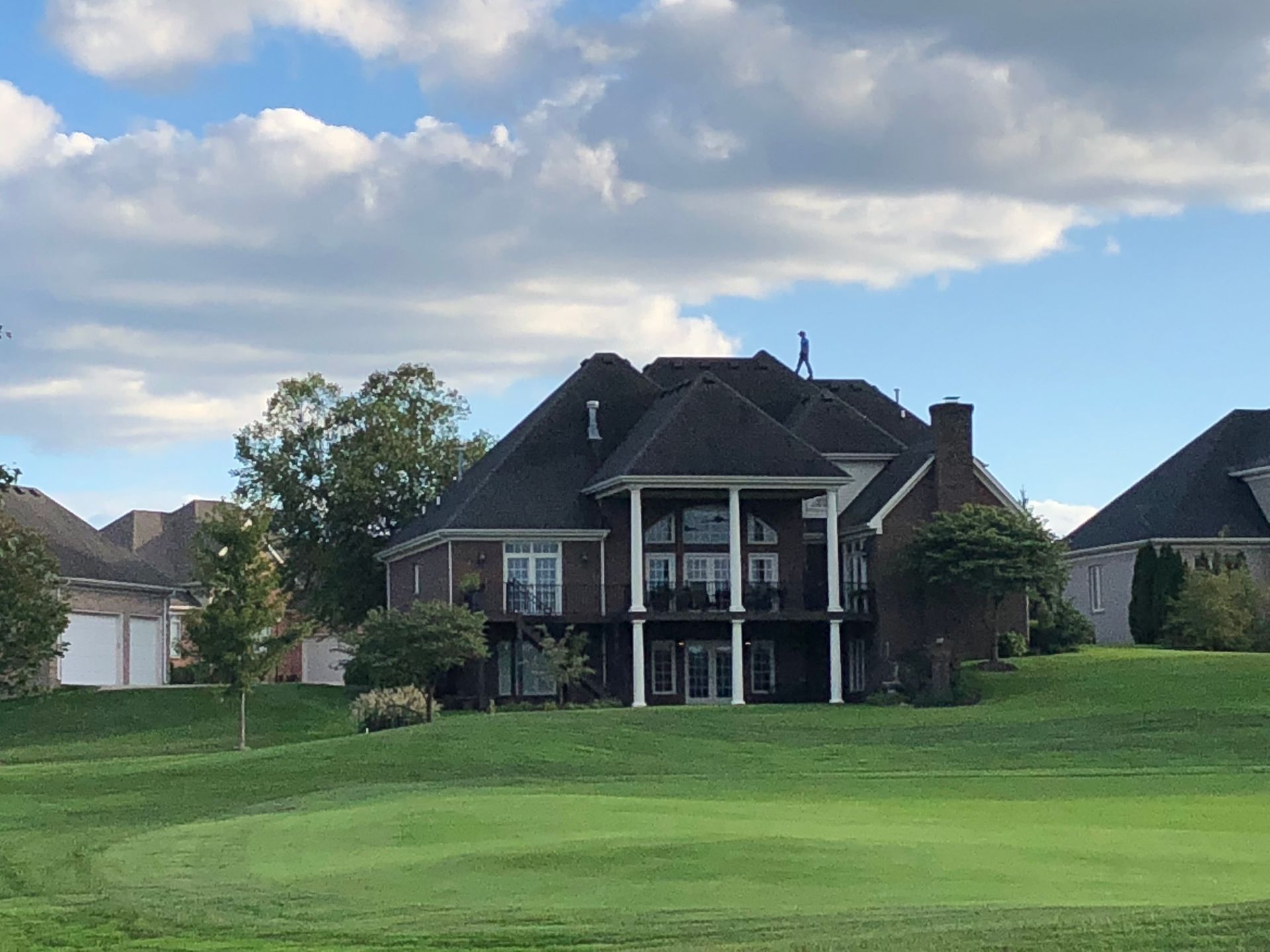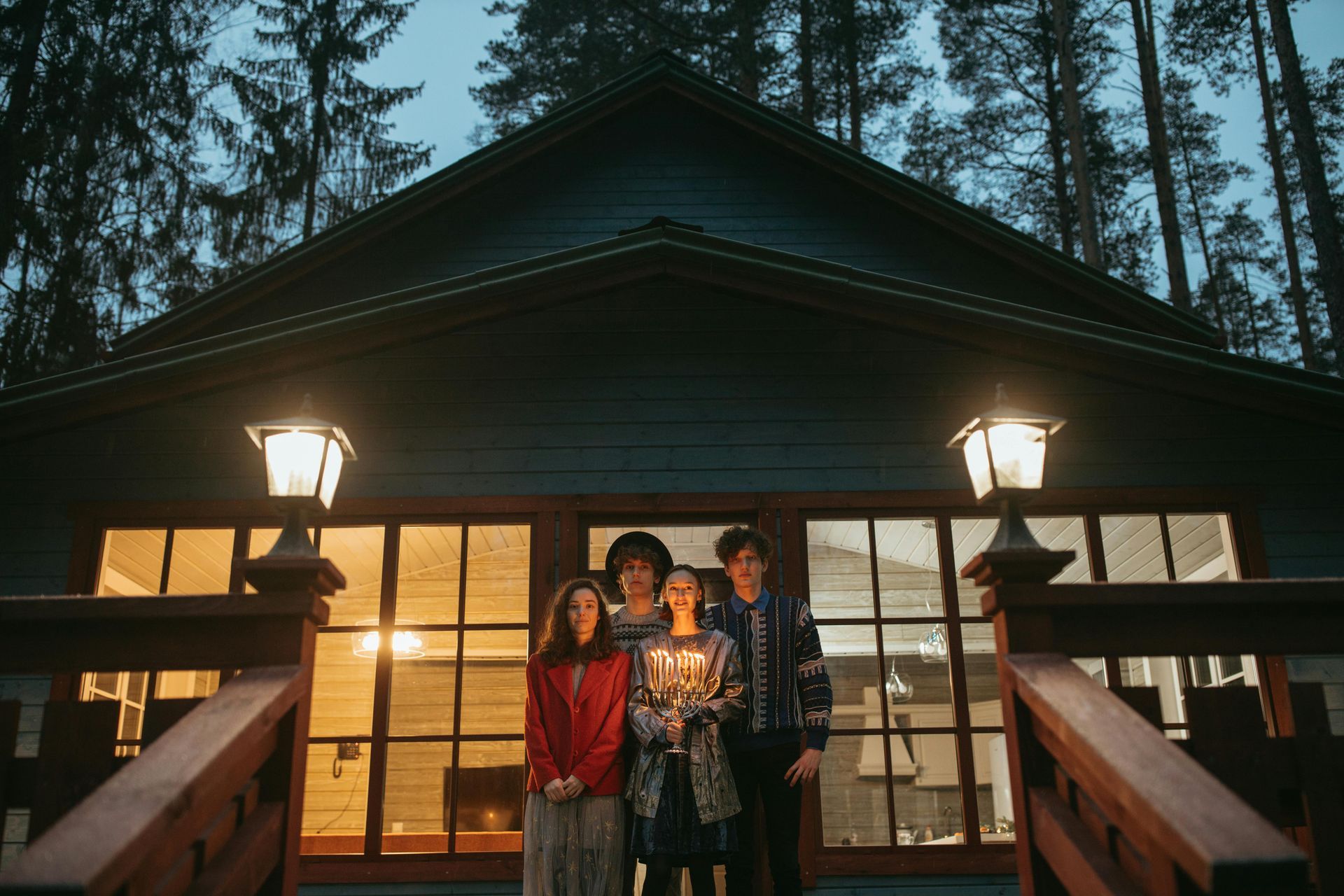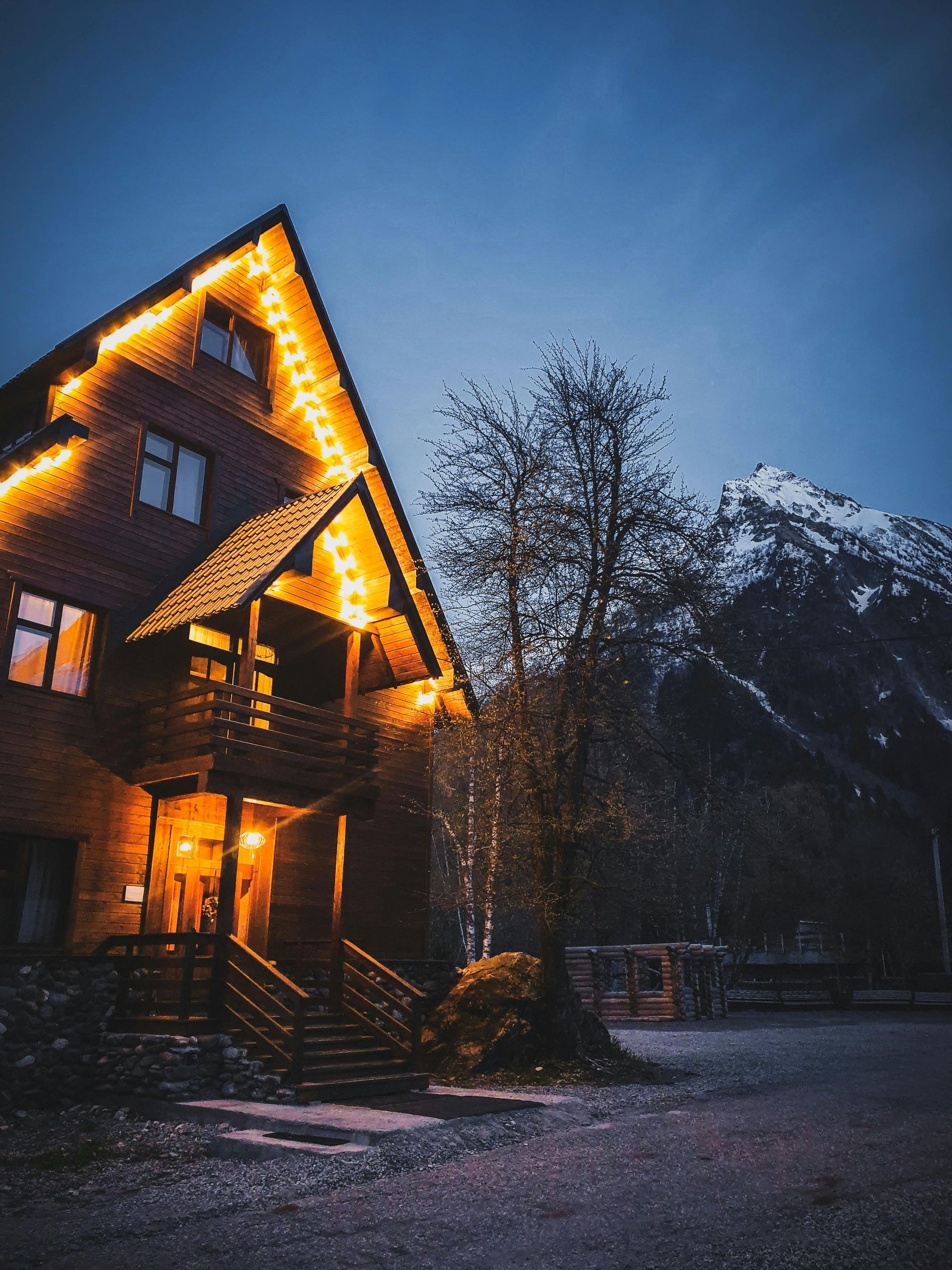The Best Roofing Options for Residential Homes in Louisville, KY
The Best Roofing Options for Residential Homes in Louisville, KY

When it comes to protecting your home, the roof is your first line of defense against the elements. In Louisville, KY, where weather conditions can vary from heavy rain to intense heat, choosing the right roofing material is crucial for durability, energy efficiency, and aesthetic appeal. At Graduate Contracting, we understand the unique needs of homeowners in our area, and we’re here to guide you through the best roofing options available for residential properties.
1. Asphalt Shingles
Asphalt shingles are one of the most popular roofing materials in Louisville and across the United States. They are affordable, easy to install, and come in a variety of colors and styles, allowing homeowners to customize their roofs to match their home’s exterior.
Benefits:
- Cost-Effective: Asphalt shingles are generally less expensive than other roofing materials.
- Durability: With proper maintenance, asphalt shingles can last 20-30 years.
- Weather Resistance: They perform well in various weather conditions, including rain and moderate winds.
2. Metal Roofing
Metal roofing has gained popularity in recent years due to its longevity and energy efficiency. Available in various materials, including steel, aluminum, and copper, metal roofs can be designed to mimic the look of traditional shingles or tiles.
Benefits:
- Longevity: Metal roofs can last 40-70 years, making them a long-term investment.
- Energy Efficiency: They reflect solar heat, which can help reduce cooling costs in the summer.
- Low Maintenance: Metal roofs require minimal maintenance and are resistant to mold, mildew, and insects.
3. Wood Shingles and Shakes
For homeowners looking for a natural and rustic aesthetic, wood shingles and shakes are an excellent choice. While they require more maintenance than other materials, they can add significant character to a home.
Benefits:
- Aesthetic Appeal: Wood roofs provide a unique and attractive look that enhances curb appeal.
- Insulation: Wood has natural insulating properties, helping to regulate indoor temperatures.
- Sustainability: If sourced responsibly, wood roofing can be an eco-friendly option.
4. Slate Roofing
Slate roofing is known for its beauty and durability. While it is one of the more expensive options, its longevity and low maintenance requirements make it a worthwhile investment for many homeowners.
Benefits:
- Longevity: Slate roofs can last over 100 years with proper care.
- Fire Resistance: Slate is non-combustible, providing excellent fire protection.
- Unique Appearance: Each slate tile is unique, giving your roof a distinctive look.
5. Tile Roofing
Tile roofing, often made from clay or concrete, is another durable option that can withstand the elements. It is particularly popular in warmer climates but can also be a great choice for Louisville homes.
Benefits:
- Durability: Tile roofs can last 50 years or more and are resistant to rot and insect damage.
- Energy Efficiency: They provide excellent insulation, helping to keep homes cool in the summer and warm in the winter.
- Variety of Styles: Available in various colors and styles, tile roofing can complement any architectural design.
6. Synthetic Roofing Products
For homeowners seeking a balance between aesthetics and durability, synthetic roofing products offer a modern solution. These materials can mimic the look of wood, slate, or tile while providing enhanced performance.
Benefits:
- Lightweight: Synthetic materials are often lighter than traditional roofing options, making installation easier.
- Durability: Many synthetic products are designed to withstand harsh weather conditions and resist fading.
- Eco-Friendly Options: Some synthetic materials are made from recycled materials, making them a sustainable choice.
Conclusion
Choosing the right roofing material for your home in Louisville, KY, is essential for ensuring its longevity and performance. Each option has its unique benefits, and the best choice will depend on your budget, aesthetic preferences, and the specific needs of your home. At Graduate Contracting, we are committed to helping you find the perfect roofing solution tailored to your requirements.
If you’re considering a roof replacement or installation, contact us today for a free estimate! Our experienced team is here to guide you through the process and ensure your home is protected for years to come.


